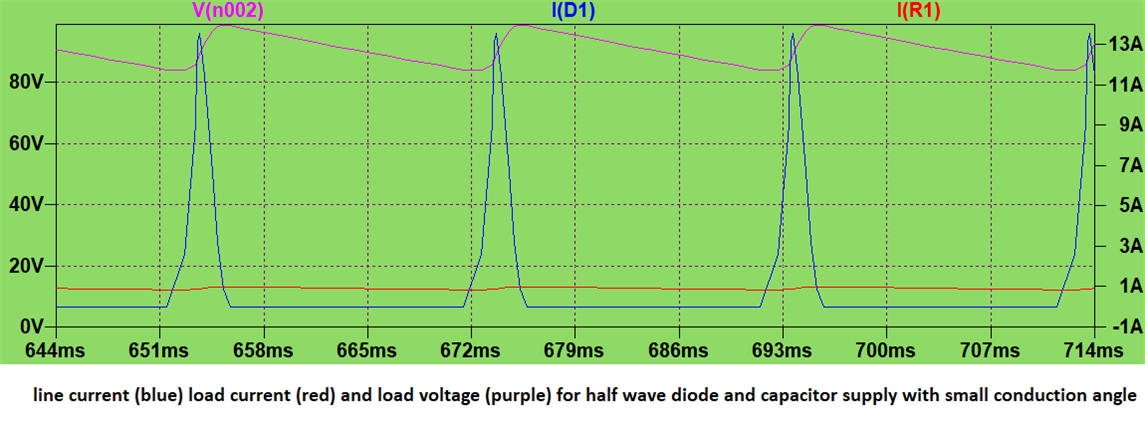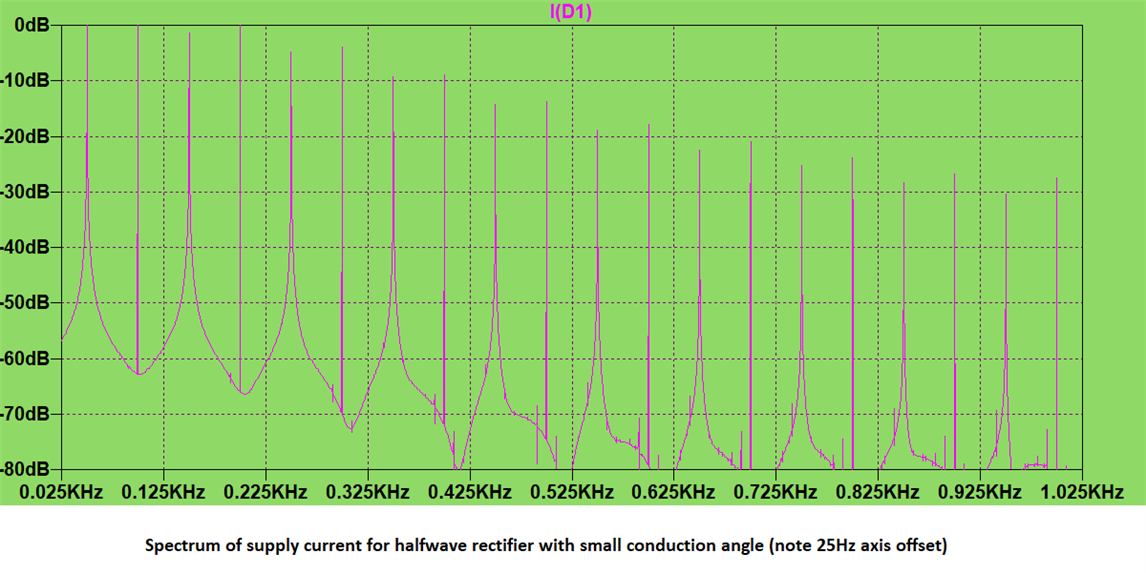I have an EV charge point that is a 3-phase 4 wire system that comprises of no neutral (L1/L2/L3/PE). As per the datasheet, the third harmonic content of the line current is rated as approx. 8% (THDi ≤8%).
Question: with no neutral, where does the current arising from the third harmonic content of the line current flow? My best guess would be through the protective conductor – which is not ideal as I’m trying to prevent unwanted tripping of the upstream 30mA RCD device.
thanks for the help.

